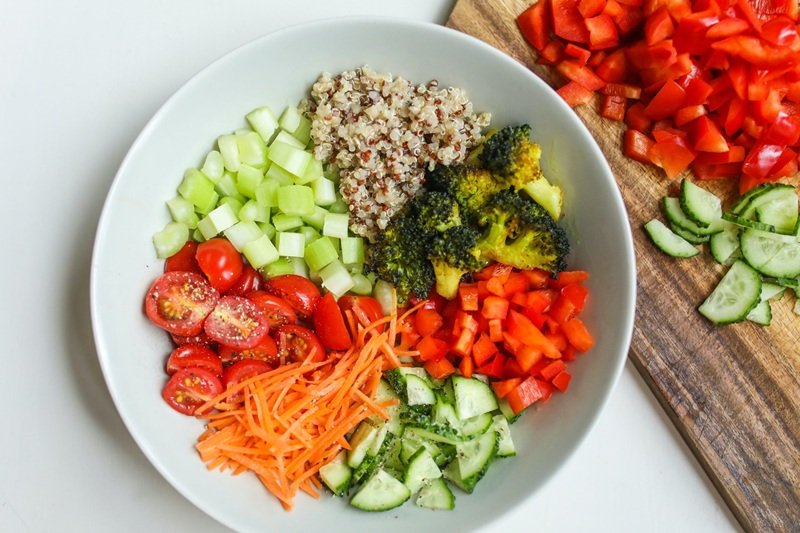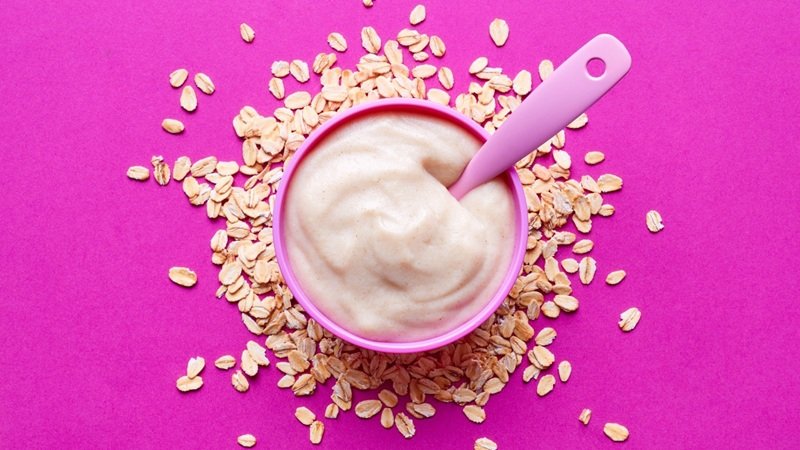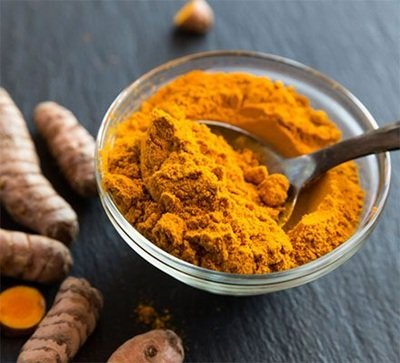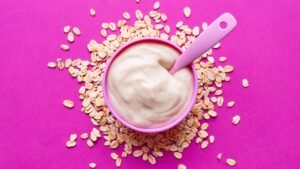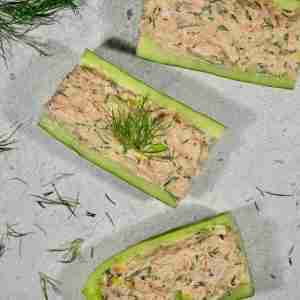How Does Volume Eating Help You Feel Fuller
The Ultimate Guide to Volume Eating: Enjoy More Food, Feel Fuller, and Achieve Your Health Goals
In a world where diets often feel like a battle against hunger, volume eating offers a refreshing change. It’s a strategy that allows you to eat more, not less, while still achieving your health and fitness goals. Whether you’re aiming for weight loss, better digestion, or simply want to eat in a more satisfying way, volume eating could be the solution you’ve been looking for. This approach focuses on foods that are low in calories but high in volume, giving you more food to eat while still staying on track with your health objectives.
In this guide, we’ll break down the concept of volume eating, its benefits, how to get started, and the best foods to include in your daily meals. If you’re tired of restrictive diets and feeling hungry all the time, it’s time to embrace volume eating—a fulfilling, sustainable way of eating for long-term success.
What is Volume Eating?
At its core, volume eating is about making smarter food choices to fill your plate with larger portions without adding excessive calories. This style of eating focuses on foods that are high in water and fiber—both of which contribute to a sense of fullness. When you eat these foods, you can consume larger portions without overloading your body with extra calories. Volume eating isn’t about cutting out food, counting every calorie, or obsessively measuring portions; it’s about making sure your plate is full, satisfying, and packed with nutrient-dense foods.
The Science Behind Volume Eating:
To understand why volume eating works, it’s important to dive into the science of hunger and fullness. Our bodies have built-in mechanisms that signal when we’re full, largely controlled by hormones like leptin and ghrelin. Volume eating takes advantage of these mechanisms by promoting the consumption of foods that trigger satiety signals without the calorie load.
Foods high in water (like fruits and vegetables) and fiber (like whole grains and legumes) slow down the digestive process, helping you feel full longer. These foods also take up more space in your stomach, signaling to your brain that you’ve had enough to eat. By filling your stomach with low-calorie, high-volume foods, you can avoid the constant cycle of hunger and cravings that often accompany traditional calorie-restricted diets.

The Many Benefits of Volume Eating:
While the benefits of volume eating are compelling for anyone trying to manage their weight, they extend far beyond that. Here are some of the top reasons why volume eating is a game-changer:
-
Supports Weight Loss Without Starving Yourself: Volume eating is an excellent strategy for weight management, especially for those looking to lose weight without feeling deprived. When you choose low-calorie, high-volume foods, you can eat larger portions and still stay within a healthy calorie range. This helps create a calorie deficit (necessary for weight loss) without the discomfort of constant hunger or feeling restricted.
-
Regulates Blood Sugar Levels: Many volume-eating foods are rich in fiber, which helps regulate blood sugar levels. Fiber slows the absorption of sugar into the bloodstream, preventing the sharp spikes and crashes that lead to cravings and energy dips. This is particularly beneficial for those with insulin resistance or those looking to stabilize their energy levels throughout the day.
-
Improves Digestion: The fiber content of volume-eating foods isn’t just great for controlling appetite—it also supports digestive health. Fiber promotes regular bowel movements, reduces bloating, and feeds the beneficial bacteria in your gut, all of which contribute to a healthier digestive system.
-
Enhances Nutrient Density: Volume eating focuses on nutrient-dense foods like fruits, vegetables, lean proteins, and whole grains. These foods provide essential vitamins, minerals, and antioxidants that support overall health and immunity. Eating a variety of these foods ensures that you’re getting the nutrients you need for long-term well-being.
-
Reduces Cravings and Hunger: One of the most frustrating aspects of traditional dieting is dealing with constant hunger and cravings. Volume eating solves this problem by emphasizing foods that fill you up and keep you satisfied. By eating more food that’s low in calories but high in nutrients, you’re less likely to experience the intense cravings that often lead to unhealthy snacking.
How to Get Started with Volume Eating:
Starting with volume eating doesn’t require drastic changes to your lifestyle—it’s about making small adjustments to how you think about food. Here’s how to get started:
-
Fill Half Your Plate with Vegetables: Vegetables are the cornerstone of volume eating. They’re low in calories, high in fiber, and packed with essential nutrients. Aim to make vegetables the focal point of every meal. Choose a variety of colors and textures to keep things interesting and satisfying. Leafy greens, broccoli, cauliflower, and peppers are all great options.
-
Opt for Water-Rich Fruits: Fruits like watermelon, oranges, berries, and grapes have high water content, which adds volume without adding too many calories. These fruits also provide a natural sweetness to help curb cravings for sugary snacks.
-
Incorporate Whole Grains and Lean Proteins: Whole grains like quinoa, brown rice, and oats are not only high in fiber but also provide lasting energy throughout the day. Pair these with lean proteins like chicken breast, turkey, tofu, or beans to keep you feeling full and satisfied.
-
Include Fiber-Rich Foods: Beans, legumes, and whole grains are not just great for volume eating—they’re also excellent sources of fiber, which helps maintain healthy digestion and keeps you feeling full for longer periods.
-
Choose Broth-Based Soups: Soups can be an excellent way to incorporate volume into your meals without adding extra calories. Look for broth-based soups that are rich in vegetables, lean meats, or legumes. These will help you stay full while also providing hydration and essential nutrients.
Foods to Include in a Volume Eating Diet:
-
Vegetables: Leafy greens (spinach, kale, lettuce), cruciferous vegetables (broccoli, cauliflower, Brussels sprouts), carrots, cucumbers, tomatoes, and bell peppers.
-
Fruits: Apples, oranges, strawberries, raspberries, watermelon, and peaches.
-
Whole Grains: Brown rice, quinoa, oats, barley, farro.
-
Lean Proteins: Chicken breast, turkey, fish (salmon, cod), tofu, tempeh, beans, and lentils.
-
Healthy Fats (in moderation): Avocado, nuts, seeds, olive oil.
Read More: Why choose a vegetarian plan for a healthier heart
The Psychology Behind Volume Eating:
Volume eating isn’t just about physical hunger—it’s also about how food makes us feel. The visual and psychological aspects of eating play a crucial role in how satisfied we feel after a meal. When your plate is full of colorful, high-volume foods, your brain registers the meal as more fulfilling, even if it’s low in calories.
The satisfaction that comes from a large plate of food is an essential part of volume eating. The concept is simple: if you can eat large portions without the guilt, you’re more likely to stick with the plan in the long run.
Common Mistakes to Avoid:
While volume eating is a great strategy, it’s important to be mindful of a few things:
-
Watch out for high-calorie dressings and toppings: While vegetables and fruits are low-calorie, adding too much oil, dressing, or cheese can turn your healthy meal into a high-calorie one.
-
Don’t overindulge in calorie-dense foods: Foods like nuts and seeds are healthy, but they are also calorie-dense. Be mindful of portion sizes when incorporating these into your meals.
Conclusion:
Volume eating offers a sustainable, enjoyable way to eat more food and feel satisfied while still working toward your health goals. Whether you’re trying to lose weight, improve digestion, or just feel better overall, volume eating provides a practical framework for making healthier food choices without feeling deprived. By focusing on nutrient-dense, high-volume foods, you can enjoy the foods you love, feel full, and make lasting changes to your diet that will benefit your body in the long run.
